Pour over coffee has been in the limelight recently especially in specialty coffee shops. Many people do not know that the pour over coffee has been used for a significant number of decades by now. Unlike instant coffee, brewed coffee brings the ultimate coffee satisfaction to the user. I had a heated discussion with a friend who took his time to experiment on pour over coffee. He claimed that he did not see much difference in the type of coffee maker used to brew coffee. That is where I hotly disagreed. I mean, how could he possibly fail to note the drastic difference between Kalita Wave, Hario v60, and Chemex? Anyone who has tried the three brewers can be quick to notice that they are very different. A pour over device, ultimately gives you just more control over your drip coffee brewing, as discussed in this article. However, the design of the coffee maker can alter your final cup in such ways, that you will have a completely different coffee. So in the end, you need to wisely choose your manual brewing device.
The Hario V60
I want to begin with the Hario V60 which is a synonym of pour over coffee to some people. Hario is a Japanese company, manufacturing heat resistant glassware. The company was founded in 1921, and coffee aficionados love their products. The Japanese brewer has classic spiral ridges that help in even coffee extraction. The spirals inside the cone walls hold the ground bed away to check on over-extraction. Over-extracted coffee has a bitter taste that is unpleasant to most people.
Advantages of V60
- Comes in variety
- Different types of materials used
- Open source
- Improved airflow
While many pour overs come in a standard size, the V60 proudly gives its users the option to make a single cup, two, three, or four cups of coffee. With the options, one can have their coffee brewing needs satisfied. The other upper hand that V60 presents is that users can choose from plastic, metal, ceramic, and glass materials to take home. Usually, one will choose the material depending on their need for heat retention. Plastic is cheaper but not the best for heat retention. This will make your coffee cool in a few minutes. Ceramics are good for heat retention with less conduction on the hand. Hence, one can go for the less fragile ceramics or go for the sturdy metal versions of the Hario.
As an open source, the Hario V60 bridges all barrier possibilities between the brewer and the coffee beans. It is simple to use, and that is why it is considered open. The user can customize and even make amends to parts of the brewing process to make a unique drink. As I preempted earlier, the spiraling grooves are advantageous in making a balanced brew of coffee. These grooves aid in improved airflow which then makes water to flow evenly. The secret in brewing the best coffee is ensuring that water flows through the bed of grounds all at once. The constant pace set by Hario V60 leads to medium extraction which is the desired brewing.
Disadvantages
- Not for amateurs
- Needs total attention
Two major setbacks are seen in the V60- the need for absolute attention and its steep learning curve. This unforgiving open source coffee brewer is not for amateurs. The user has to do quite a task to make quality coffee. While this may sound dissonant regarding the highly praised V60 hand pour over, it is the truth. Only the skilled users can tap the resourcefulness of the V60, what with the requirement for total attention in the whole process. Anything that brings divided attention during the pour over is a menace.
The Kalita Wave
Next on the line is the Kalita Wave. In the comparison between the three pour overs, handling the Kalita Wave will help one begin to understand the differences. For the users who consider the V60 as unreliable, the Wave is going to be their quick solution. For starters, the Wave maximises on evenness. The pour over has an engineered flat bottom made for uniform brewing. The geometry is such that brewing is ideally done from every part of the ground bed.
Kalita Wave Pros
- Variety make
- Convenient
- Consistent in temperature regulation
Cons
- Costlier than other brewers
- Needs attention in pouring
Like the V60, you are not limited in choice for the type of material in Kalita Wave. The Wave wins in providing between 1 to 2 and 2 to 4 cup size variety. While the smaller Wave has only two types of materials (steel and glass), the larger Wave has an addition of ceramic material to stainless steel and glass. Are you worried about convenience? Kalita Wave is more convenient than other pour overs. Don’t be too excited yet because, when it comes to flexibility, V60 is the best. The V60 though, is not as convenient as Kalita. If you are looking for an easy to use pour-over which still holds to the standards of clean coffee cups, consider acquiring the Wave. One more pro that can be observed in the Kalita Wave is its consistency in temperature and water dispersion. This advantage comes from the make which ensures minimal contact between the dripper and the filter. 20 waves are molded into the filters to achieve a rare form of insulation. The coffee bed is not subjected to heat loss. This then allows for even temperature regulation in the brewer. Water dispersion is also maintained even inside the brewer. A few setbacks of the Wave include the unforgiving price tag and the need for steady hands in pouring. The Wave is not pocket-friendly and requires one to make special orders online. Alternatively, one can try their luck in specialty shops. About the pouring, one needs much practice to make good coffee from the rippled paper filters. A good way to pour over using the Wave is through the use of a gooseneck kettle. Unfortunately, this may add to the total cost of brewing considering that the Wave is already pricey.
Chemex
By now, the differences between the coffee makers are becoming clearer. However, I must handle one more brewer to help you make a choice- an informed decision. The Chemex will top in the discussion about the three pour overs. For a slow but rich cup of coffee, I advise anyone to go for Chemex. This is for those people who are unimpressed by the weaker brews that do not extract much coffee. The flask shaped design is quite a spectacle that coffee shops choose to use it for decoration instead of brewing coffee.
Advantages
- Varied sizes
- Offers large brew batches
- Aesthetically pleasant
- Improved sweetness
Of the three coffee makers under comparison, Chemex has a wider variety of size choices. Four models are available including 3, 6, 8, and 10 cups. The user can only be limited by the size of Chemex brewer that they choose to purchase. Otherwise, more than one cup can be made at a time. This can serve a large household or many customers in coffee shops. The glassware in the form of Chemex pour over is aesthetically appealing to the eye of the beholder. This vessel is made up of a single hand-blown glass material, and the only accessory is a small wooden structure used in holding it. The Chemex can, therefore, be said to be exclusively made of transparent glass. It holds a good position in the best-designed products of our modern age. You may want to know the effect that a thick filter has in a pour over. The Chemex is fitted with a very thick filter that ensures that better quality coffee drips down. Unlike the others that use paper filters, the producers of Chemex thought it wise to use a cloth filter instead.
Limitations
- Limited flavor complexity
- Inconvenient
- Filters are rare
One who uses the Chemex has to give up on flavor complexities. You don’t have the privilege of enjoying many flavors because the pour over is not designed to accommodate all the different types of coffee flavors. Talking about convenience, Chemex loses on portability. This is not the coffee brewer that you can carry around everywhere you go. You either choose to buy the Kalita Wave or forget about portability. If you desire to have fine coffee and also own something portable, you may be forced to have the Chemex and Kalita combo.
Now that a high standard of filters was set, one has to pay to maintain it in Chemex. The filters are a rare commodity which you cannot just walk into any store and have guarantees. However, when you find a store that sells the filters, be sure to get them in large numbers. Can you still say that all coffee brewers are the same? Surely you must have picked something unique about each product. You have to know your needs and abilities before choosing to buy the pour overs. If you are an expert at the art, feel free to purchase the Hario V60 with a steep learning curve. Those who think that looks mean everything have their choice; the Chemex. Thanks to its thick filter, Chemex offers more than looks- it will give you a strong brew of coffee. Those who vow to keep the temperature of their coffee maintained have the Kalita Wave for their needs. With the trio, no one can be left without a manual coffee brewing solution. Still need more info? Read Blue Bottle’s article on pour over, it is a great resource.
Frequently Asked Questions
Is Hario V60 better than Chemex?
Neither is universally better; they produce different coffee. The V60, with its large single hole and spiral ribs, creates a brighter, more complex cup. The Chemex, with its thick bonded filter, brews a cleaner, tea-like coffee with less body. The right choice depends on your taste preference, which is exactly what separates beginners from experienced users.
What is the difference between Kalita and V60?
The main difference is the filter design. The Kalita Wave uses a flat-bottom filter with three small holes, promoting even, consistent extraction. The Hario V60 uses a cone-shaped filter with one large hole and spiral ribs, requiring more pouring skill for control. This leads to very different cups of coffee, though the real secret lies in the grind size.
What’s the difference between a Kalita Wave, Hario V60, and Chemex?
The main difference is in their design and resulting coffee. The V60 has a single hole for a bright, clean cup. The Kalita Wave’s flat bottom and three holes offer more consistency. The Chemex uses a thick filter for an exceptionally clean, tea-like brew, though the real secret lies in the grind size.
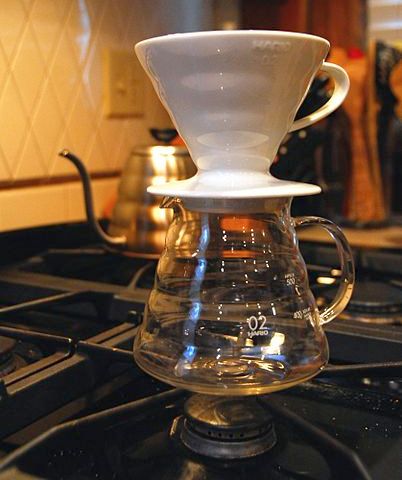
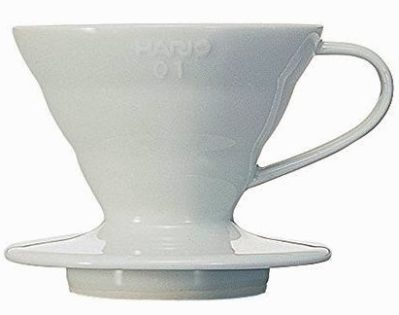

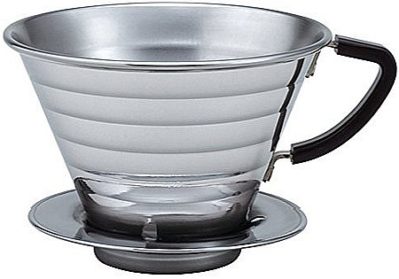
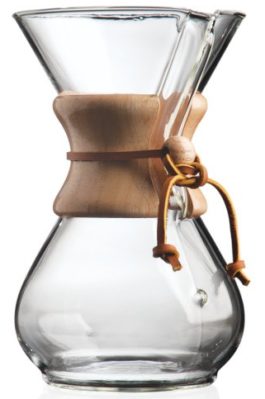
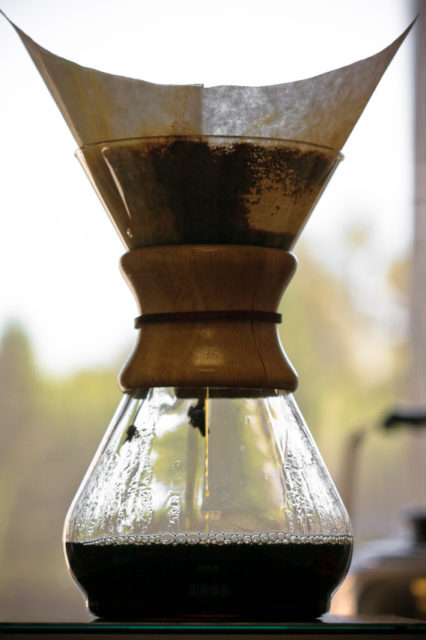
2 thoughts on “Kalita Wave Vs Hario v60 Vs Chemex”